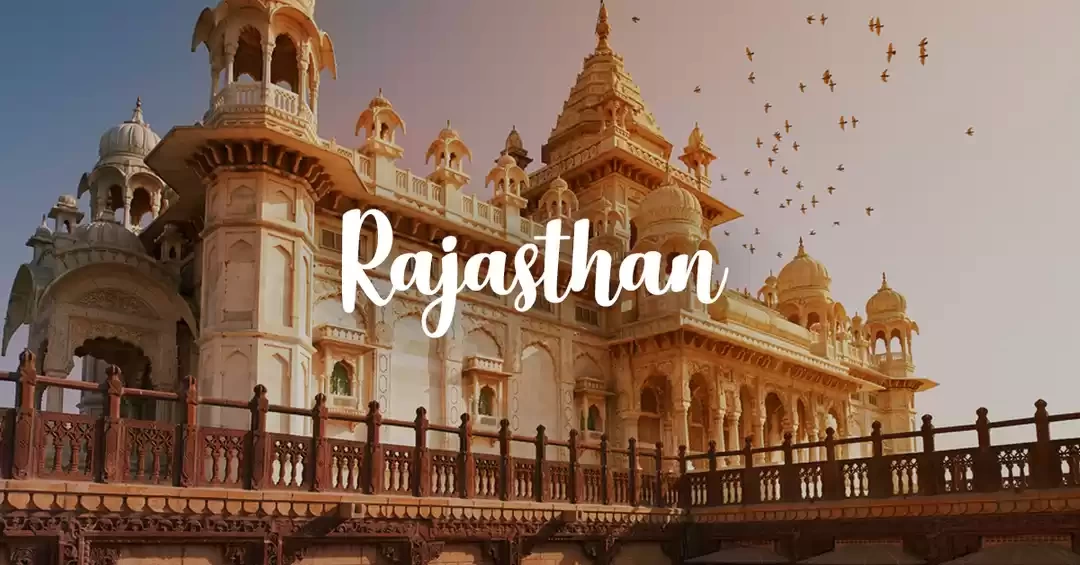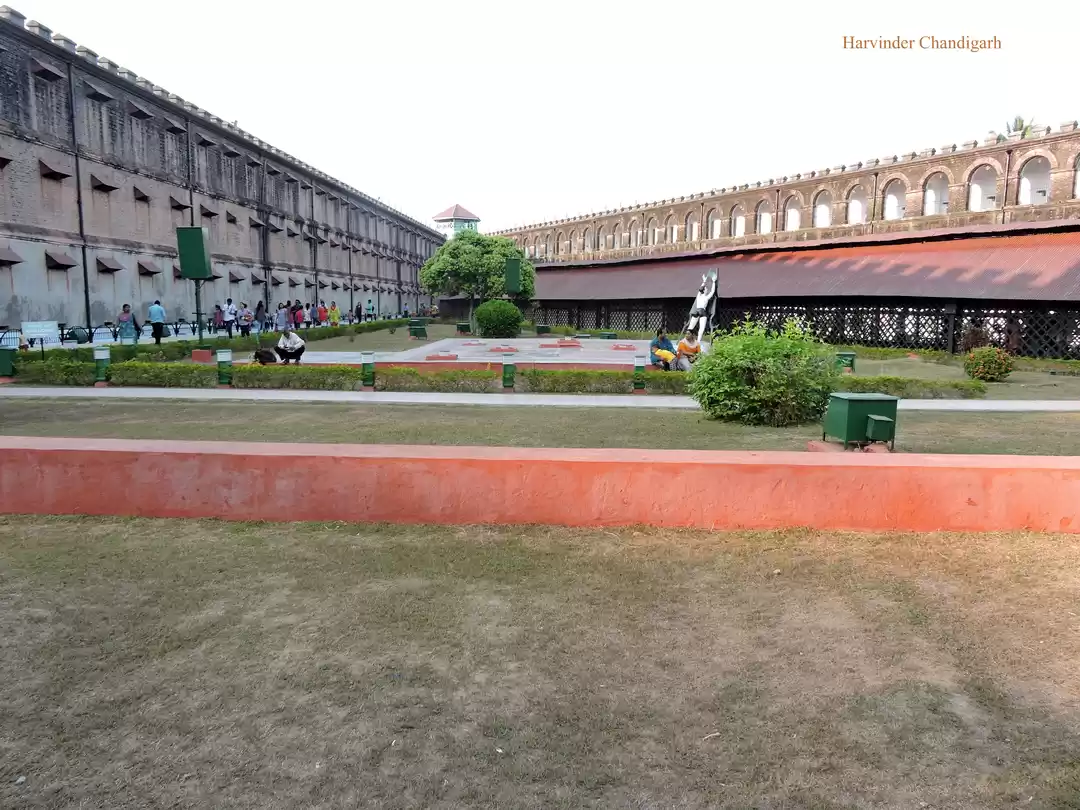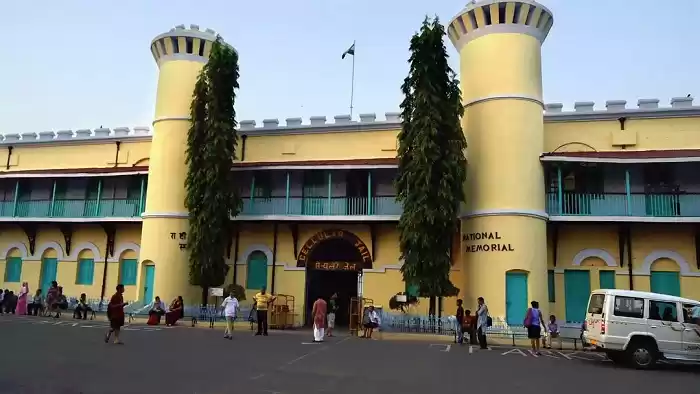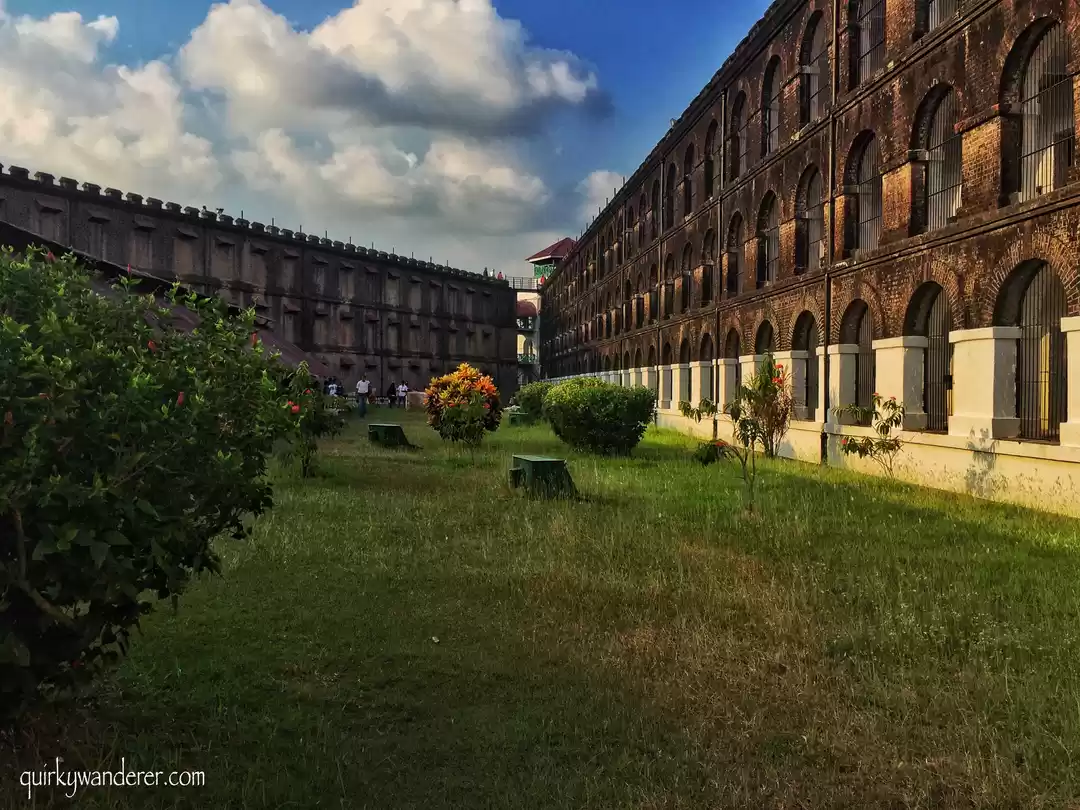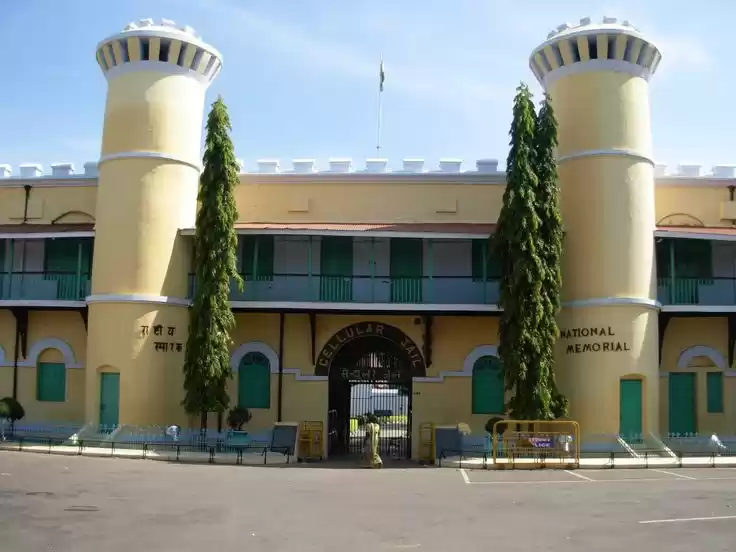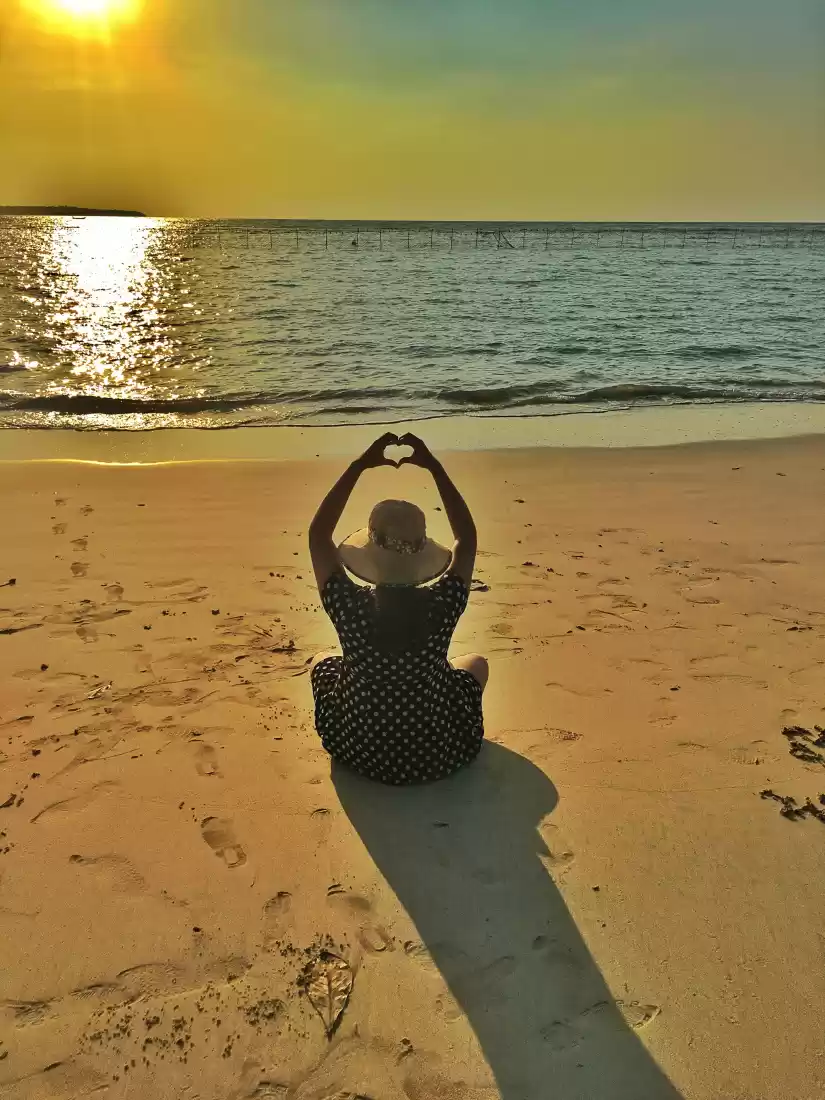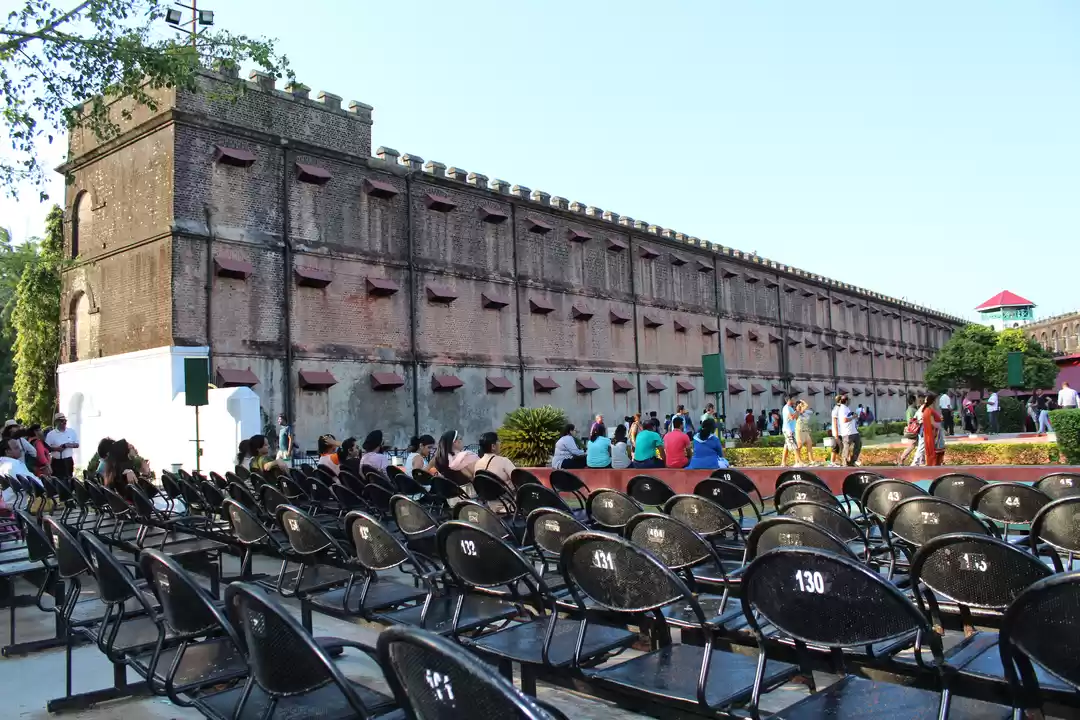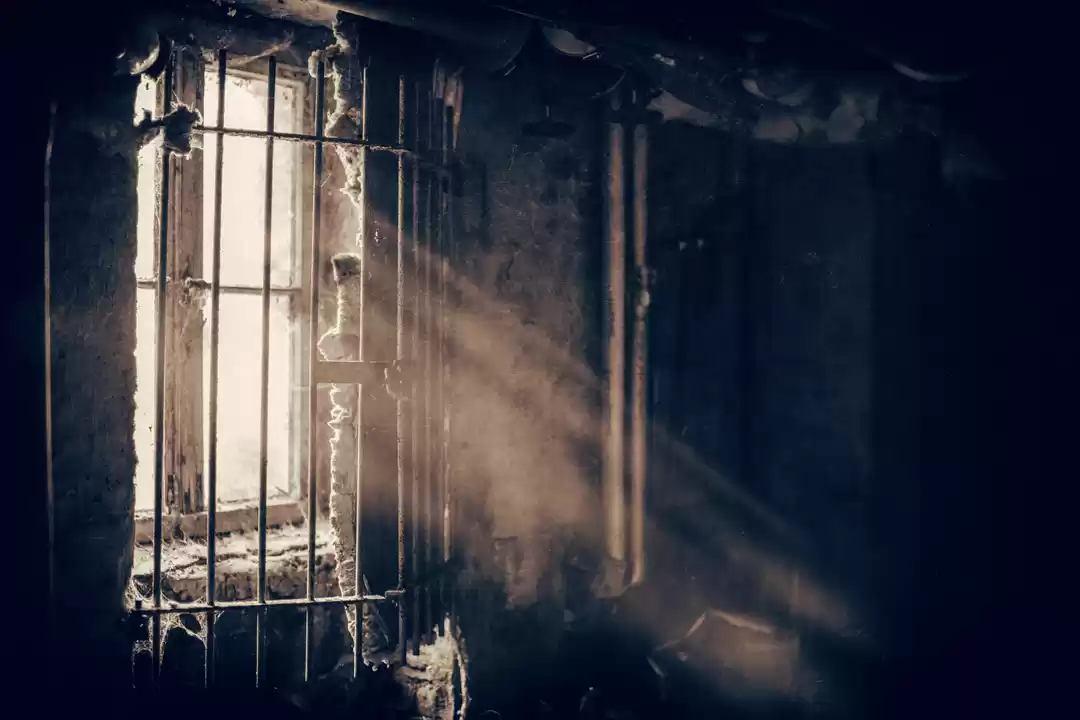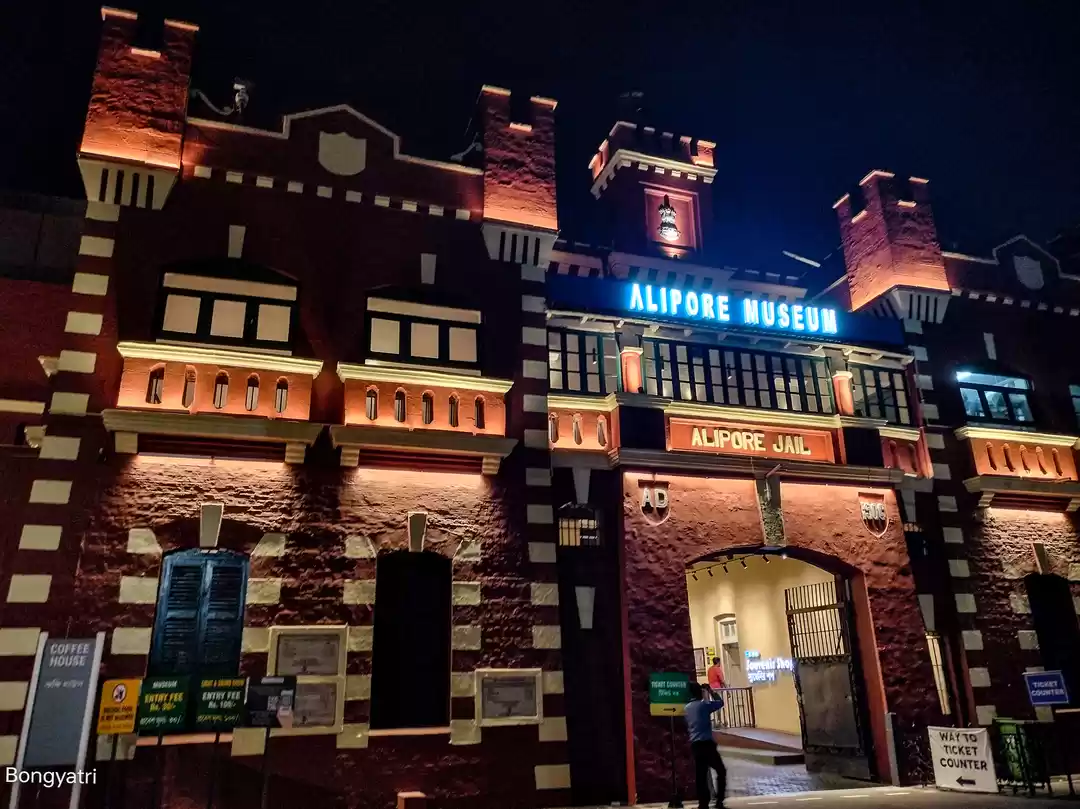The Cellular Jail, also known as 'Kala Pani' is an old colonial prison situated in Port Blair, the capital of Andaman and Nicobar islands. Constructed by the Britishers during their colonial rule in India, Cellular Jail was used particularly to exile political prisoners where they were subjected to many atrocities at the hands of the British. The construction of the jail began in the year 1896 and was completed in 1906, after which it was used to house many notable freedom fighters such as Batukeshwar Dutt, Yogendra Shukla and Vinayak Damodar Savarkar. The jail complex is now owned by the Government of India and it is recognised as the national memorial monument showcasing the life of prisoners during the British period.

The jail narrates of the horrifying and darkest period in the history of India. Soon after the Sepoy Mutiny in the year 1857, Britishers began to use the islands of Andaman and Nicobar as the jails to put the independence leaders behind the bars. The secluded islands were chosen due to their distant location from the main parts of the country where the prisoners would be kept in the dark depriving them of the situation in the country and excluding them from the society. During the independence movement of India, thousands of Indians were imprisoned in the cellular jail, many of them died due to inhumane conditions, many were hanged till death and many simply perished. Today, the Cellular Jail is a solemn reminder of all the struggles that our freedom fighters fought through to win the independence of the country, and is an imperative part of our history that ought to be upheld.

History of Cellular Jail
Although the complex of the Cellular Jail was constructed in the year 1906, the Britishers had been using the Andaman and Nicobar Islands as a prison since the Sepoy Mutiny of 1857. Soon after the mutiny, there was a widespread execution of the rebels, whilst the rebels who survived were banished to the islands. As many as 933 prisoners were sent off to the Andaman and Nicobar Islands as a punishment for their crimes against the state. Keeping the ever-growing number of inmates in mind, an 'Andamanese Home' was constructed there, which was also a repressive institution disguised as a charitable one. Many prisoners from Burma and those who were related to the Mughal regime were exiled here as well.
The late 19th century saw a surge in the independence movement and a number of prisoners were being exiled to the Andamans. As a result of the same, the need for a high-security prison was felt as most of the prisoners preferred to be exiled to the islands rather than staying over in the Indian jails. This need was fulfilled when the Cellular Jail was constructed here, which was deemed to be "a place of exclusion and isolation within a more broadly constituted remote penal space."

Architecture of Cellular Jail
The complex of the cellular jail is the true depiction of the standing history of the Indian Independence leaders during their time in exile in the jail. The original building was a puce-coloured construction and was named "Cellular Jail" on the basis of its architecture. The prison is divided into seven wings which radiate from the main tower into seven different directions. Each of the wings consisted of 693 solitary cells instead of rooms or dormitories. The cells were a mere 4.5 by 2.7 meters with a small ventilator, such that the face of a cell saw the ack of the other, making any communication impossible. The construction of the small cells of the jail in itself is an evidence of the cruelty that Indian leaders had to face in order to free this country from the British rule.

Cellular Jail Memorial
After Independence in 1947, many members of the 'Ex-Andaman Political Prisoner's Fraternity Circle' visited the prison. After debates and discussions with the Government, it was decided that the jail must be preserved and the Cellular Jail was declared a National Memorial without making any substantial charge to its edifice. The Prime Minister dedicated the memorial to the people of India on 11th February 1979.

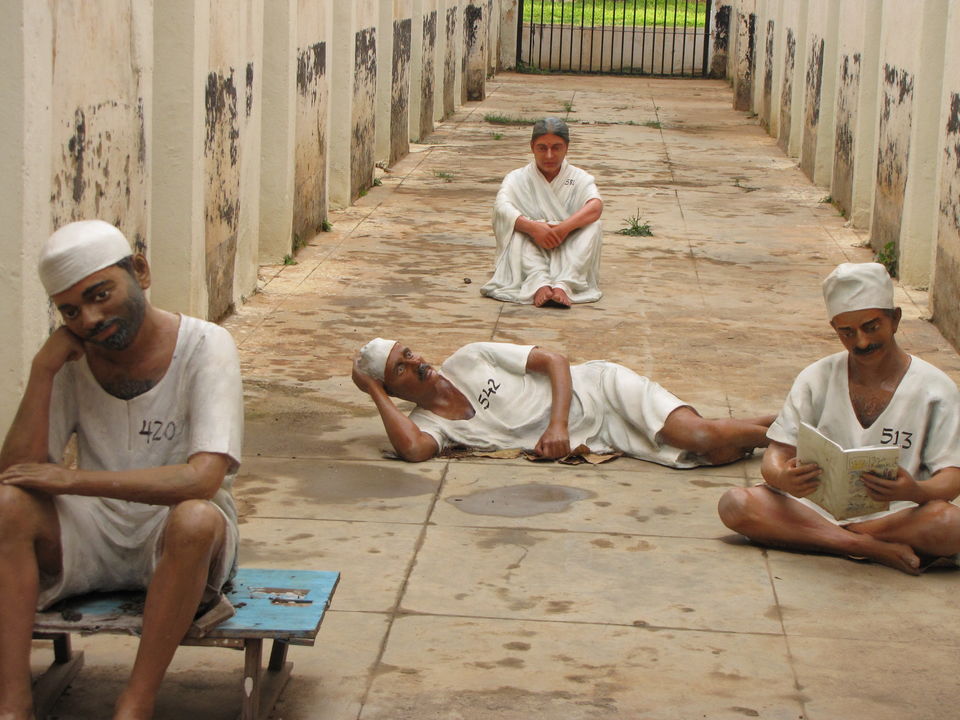

As you enter the building, the entrance block opens into an exhibition gallery which has photos of our freedom fighters. A gallery of the First War of Independence and an Old Photograph gallery is also housed in the museum premises. The first floor of the building has an Art Gallery, Netaji Gallery and a Library on Freedom Movement. A flame of Freedom-Swatantrya Jyot burns here eternally in the memory of all freedom fighters and martyrs who lost their life for the honour of the country.
Light and Sound Show
In the memory of the brave martyrs, the Cellular Jail authorities organize a light and sound show on every Tuesdays, Thursdays, Saturdays and Sundays. The Hindi show timings are 6:00 PM and 7:15 PM, whereas there is only one English show at 7:15 PM and the price of the show is INR 50 per head. The light and sound show not only transforms the cellular jail into a beautiful stage of a live performance but also narrates the heart-wrenching history of independence movement along with the lives of the prisoners in the jail during the British era.





You May Also Like to Read:
andaman and nicobar islands trip, best hotels in andaman for honeymoon, best month to visit andaman, andaman nicobar culture, dolphin resort havelock






